Emilio Williams: La máquina real tradition sounds genuinely fascinating. What do you think makes this genre unique?
Jesús Caballero: In Spain, our first challenge is that theatregoers think puppet shows are a form of theatre for kids. So, the fact that we perform seventeenth-century texts, in verse, with puppets, is already surprising. We’re still in a phase of experimentation, so we’re trying to figure out how the original puppets were constructed and how the puppet masters of the time performed these objects.
Our puppets are archaic, heavy, and made of solid wood, and they only have joints in the knees, hips, neck, and hands. The relatively large stage requires we use some larger puppets to retain the scale. So, the performance of these puppets is challenging. Some of the manipulator’s work standing and some on their knees. And they don’t see each other, which makes the performances particularly difficult. The result is surprising because once the audience falls into the conventions of this type of performance, the action takes over, and disbelief is suspended.
The result is surprising because once the audience falls into the conventions of this type of performance, the action takes over, and disbelief is suspended.
Emilio: I personally do not know of any other company that performs classical texts through puppets, and that’s what I found surprising about your project. In Chicago, where I live, we have only a few but great examples of theatre companies working with puppets, such as Rough House Theater. Chicago is also home to a very prestigious international puppet festival, and the city’s annual Physical Theater Festival also invites acts that at times incorporate puppets. In general, I would say puppets are used in children’s theatre but now and then in cutting-edge avant-garde theatre, too. Why do think puppet theatre is still so associated with children’s theatre?
Jesús: After the Spanish Civil War, theatre in Spain became more focused on leisure and entertainment, and a form of theatre that could be more intellectual or subversive was rejected. Puppet theatre can be very sarcastic and critical of the power structures!
Puppeteers at that time performed a form of theatre that was more educational and naive, aimed mainly to younger audiences. That is the tradition that we inherited. Starting in the 1990s there has been an increased interest in puppetry for grown-ups. Still, the demand is not huge. Currently, puppets are finally entering the dramatic language as one more tool of communication. More theatre companies with live actors are interested in learning how to perform the puppets.
The genre of la máquina real can add a lot of experience in this field to the contemporary scene because of the particular set of skills involved in directing, working with actors and puppets together, building these kind of stage designs, as well as creating and performing the puppets. Each type of puppet has a very distinctive way of communicating and being performed.
Emilio: There seems to be a divide between the puppet shows for kids and the avant-garde, experimental use of puppets. How do you position the possibilities of your company, La Máquina Real?
Jesús: It’s a challenge because we don’t fit in the kids’ circuit, and we’re too different from the traditional programming of classical festivals. In Spain, there is a growth in the contemporary theatre with objects and puppets. We have several experimental theatre companies, but not so many yet. Most puppet shows here deal with traditional folk tales. I hope to take that additional step to bring La Máquina Real outside the more conventional classical theatre circuit. Maybe in the future, we could find texts with more contemporary language and preoccupations.
Emilio: Beyond the technical difficulties of the performance, particularly with your bulky puppets and small crawling spaces, you also have to deal with the complex language in verse of Baroque plays, right? What kind of texts are you performing?



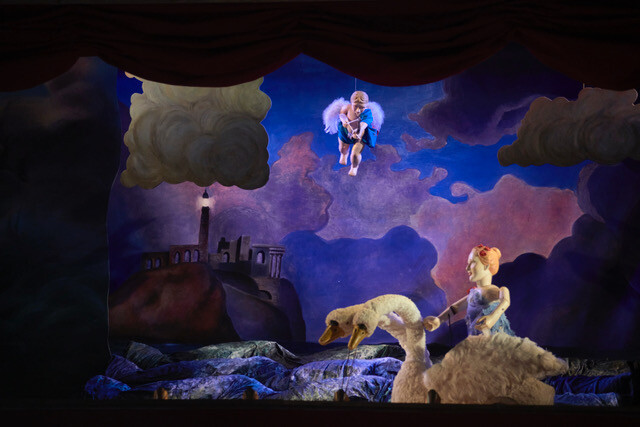
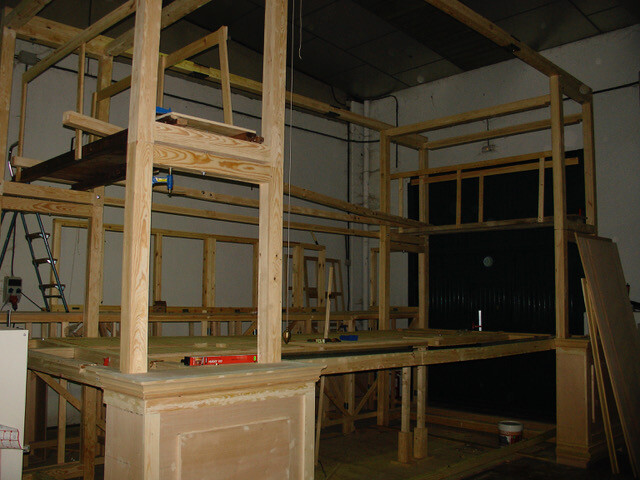
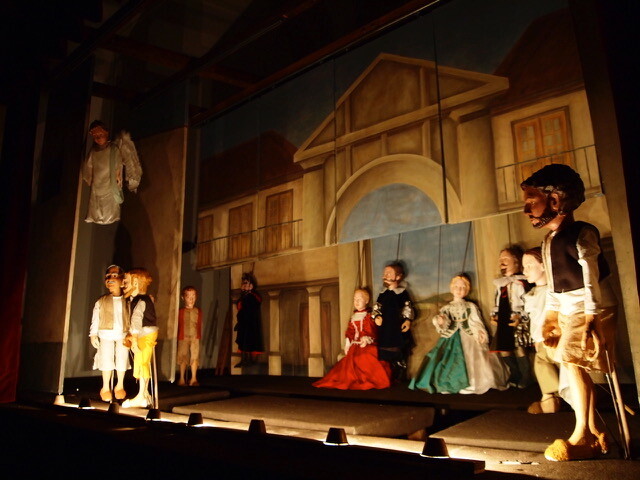
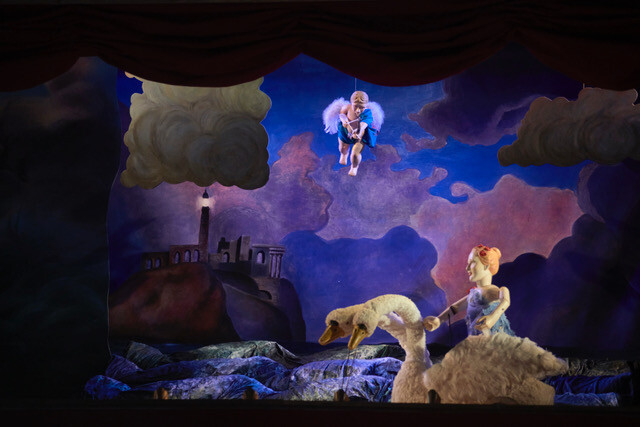

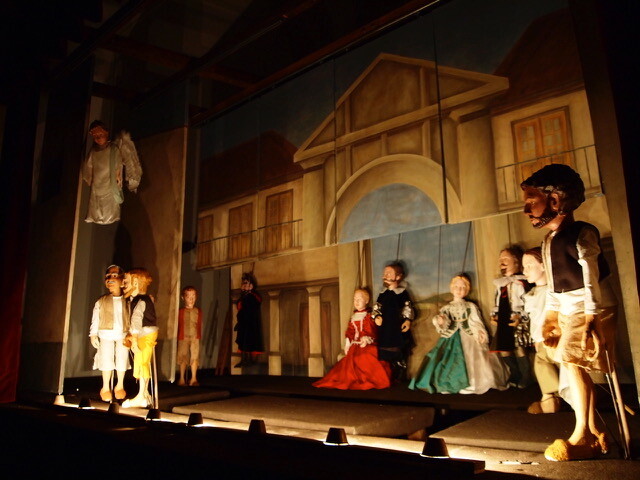


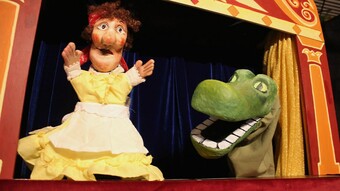

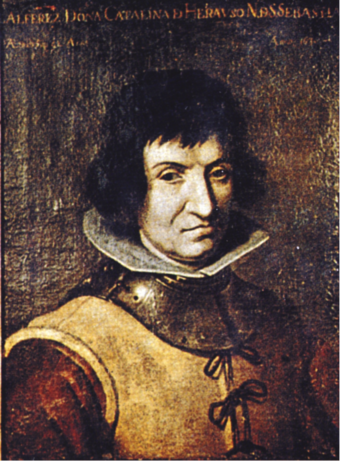

Comments
The article is just the start of the conversation—we want to know what you think about this subject, too! HowlRound is a space for knowledge-sharing, and we welcome spirited, thoughtful, and on-topic dialogue. Find our full comments policy here